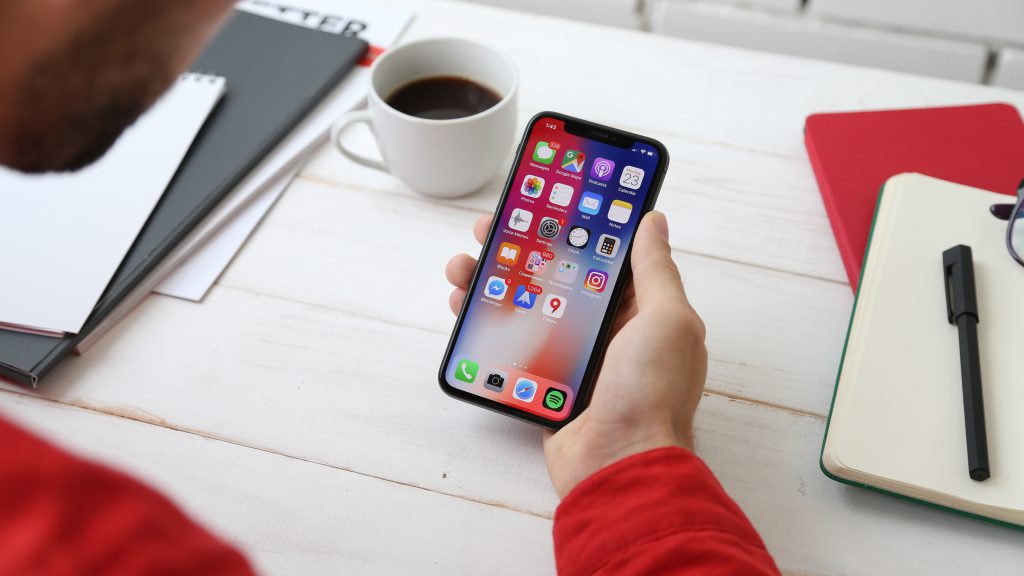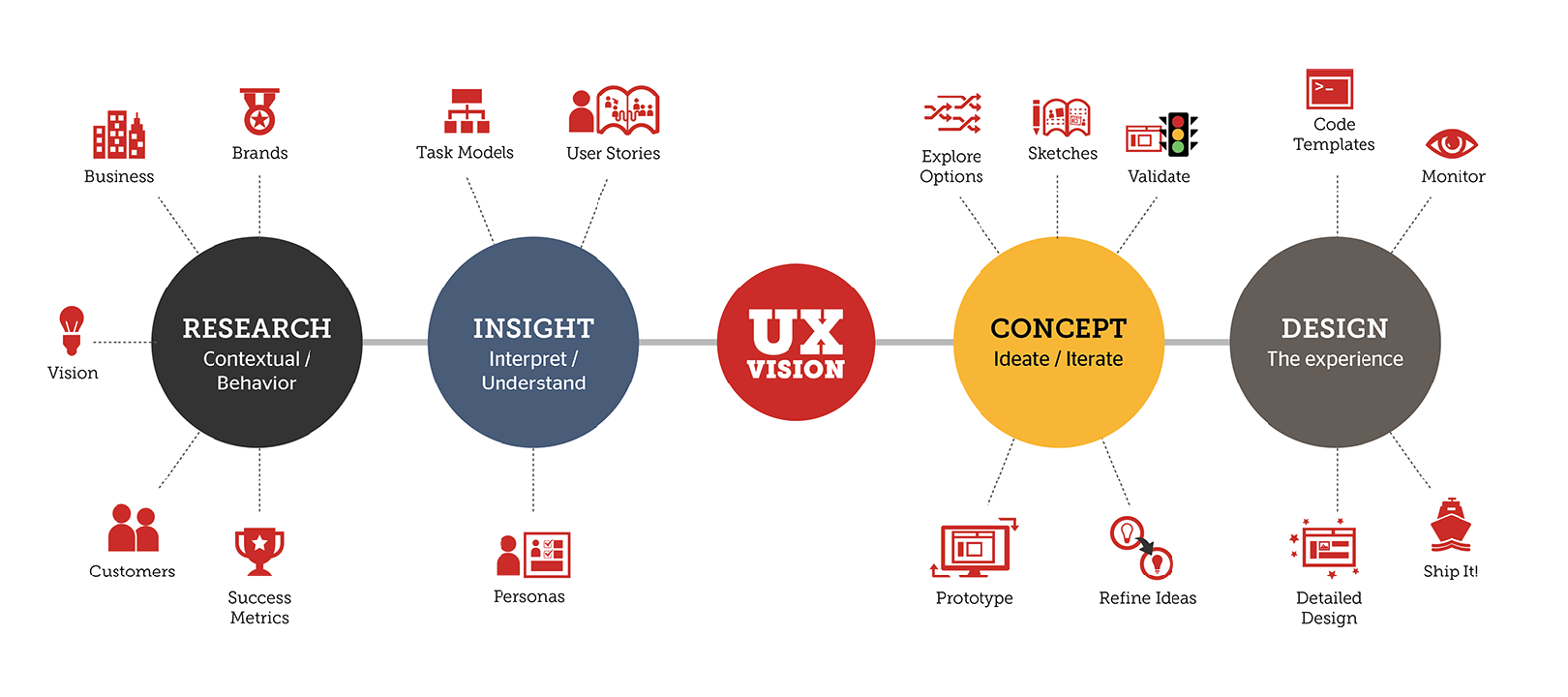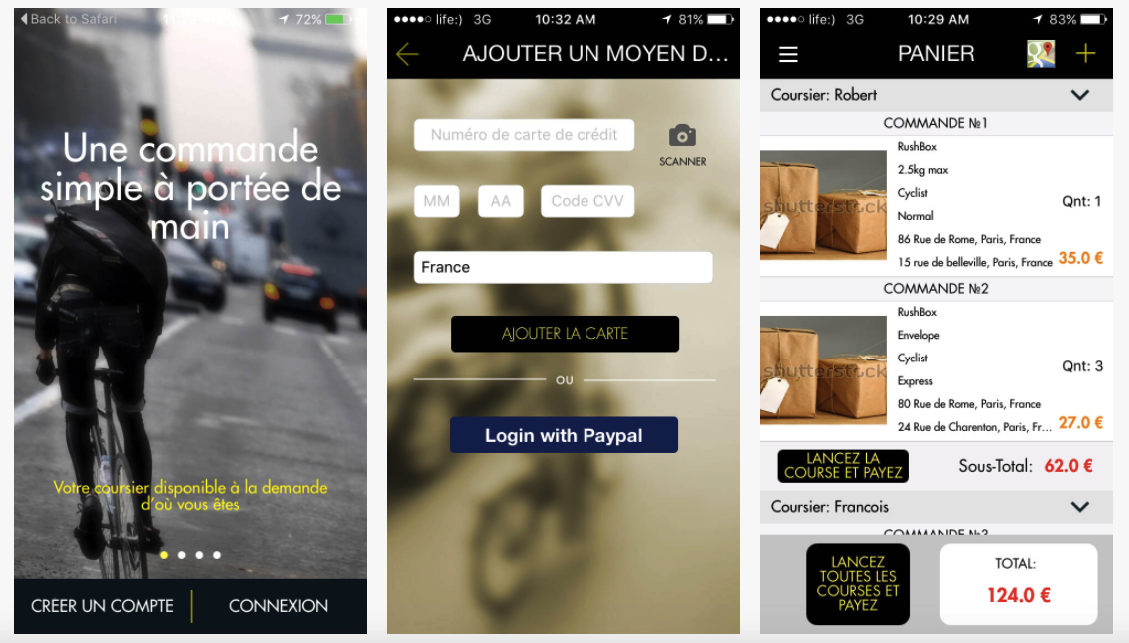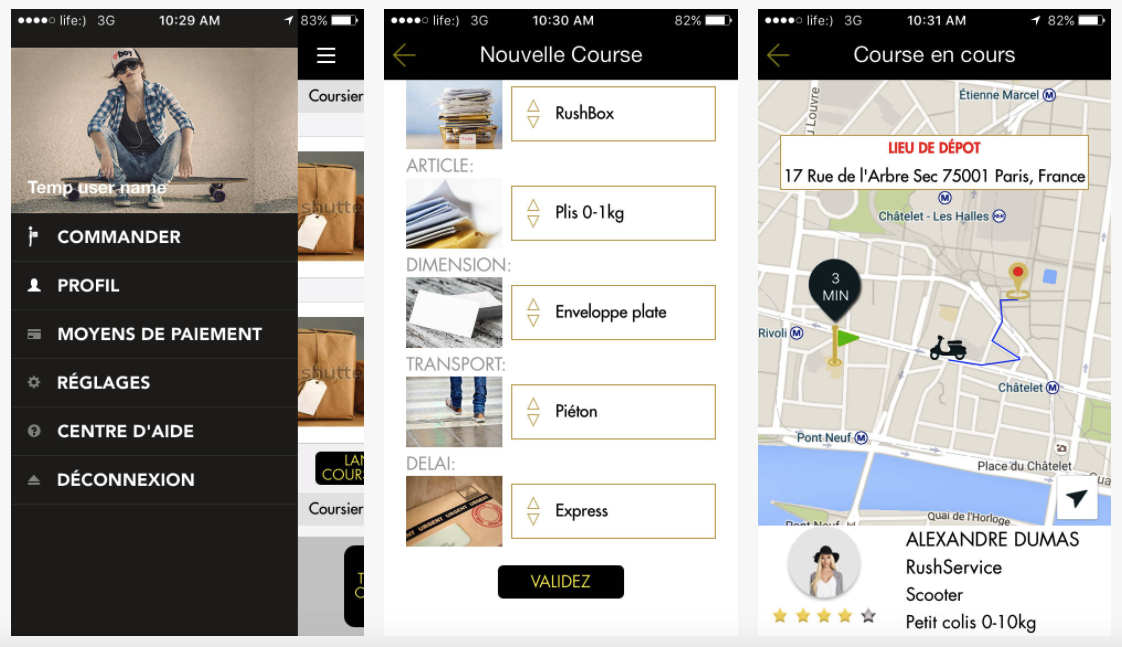
How much does it cost to design an application? A comprehensive guide to app design
- Posted by Kateryna Bozhenko
- On August 8, 2017
- 1 Comments
- app, application, calculate, costs, design, development, mobile, Octodev, product
Developing a mobile application is a big investment, and the fundamental stages of the project should be providing a solid ‘building material’. Design is one of the cornerstones of your application’s future, it is a point where your idea begins it manifestation in the real world. You need to understand how much you are going to invest and how long it will take to return the money in profit. In this article we take a deeper look at the design process and how much it may cost.
How exactly is the cost calculated?
You might find it somewhat difficult to estimate the expenses at first, but it is actually quite easy when you get an idea of how things work. Basically it is the hourly rate of the specialist multiplied by the time they spend to get the work done. Lets break it down to the basics – how much an hour of work costs, and how many hours you actually need to get things done?
What is the hourly rate?
Here is an estimate of rates that you will find around the globe:
- US and Europe based companies will charge $50-150 per hour;
- Ukrainian studios charge $20-30 on average, and the price may surpass $50 mark in some cases;
- Prices in India start at $20 and may reach $50 or above depending on complexity of the project.
Individual freelancers around the globe sometimes charge $10 an hour or less, but their expertise is generally insufficient to develop a high end solution that would really fit a modern application.
The good things about IT outsourcing is that you can find top quality service for a fraction of the price. The reasons for this are connected with taxation, cost of living and a variety of other factors. However the infrastructure and technical means are readily available almost anywhere on the globe as well as training materials and access to global marketplaces. Ukrainian designers are widely known for their expertise that allows products to succeed in competitive fields.
What volumes of work are we talking about?
The initial stage of mobile application development includes gathering information on what the app should do, who the prospective users are and how they are supposed to interact with the app. At this stage the product owners’ expertise plays a vital role to develop a comprehensive idea of what the end users look like, what kind of value the application actually delivers and in what way the clients will benefit from your solution.
Now that you have a clear understanding of the workflow, it is time to create a prototype of the application. It may take approximately 40 to 80 hours depending on the task. This stage is required to set an exact framework, a robust and resilient foundation for the future work; polishing it will require a lot of resources.
You may expect a simple application to take somewhere between 100 and 150 hours of designer’s work. It will operate standard user interface components and only on one platform, but it will get things done. While the app may not be outstanding in every way, you can expect to build and launch a minimally viable project over a short period of time.

Source: https://unsplash.com/photos/n31x0hhnzOs
If you are setting your sights higher and aim to release a medium complexity app, be ready to invest in 200 to 250 hours in design. This will include a range of screens for different functions, UX charts for complex interactions and various types of content.
Design of complex applications may take over 300 hours. There is no top limit actually, it pretty much depends on what you’re trying to accomplish. If this is an innovative solution that requires brand new algorithms to be implemented, it will definitely take time to make things happen.
The figures above may seem a bit vague, so let’s take a look at what the process includes.
What exactly do I pay for?
The most common conception of a designer’s work is making the exterior of an application look good. This is definitely an important part of the process, yet not the only one. Design includes a much wider range of concepts that just visual depiction of information. It may have been limited to this field 15 to 20 years ago, but in an ever changing digital landscape you can’t really expect things to remain the same over such an extended period of time. And truly so, things have changed a lot.
It would be not technically correct to assume that designer works only on the exterior of the application. In general terms the specialist designs the ways of user interaction with the system and vice versa.
Let’s outline the framework of the design process. What does it include at this stage? To make things a bit more streamlined, let’s talk about user experience (often referred to as UX).
Developing the interaction model
Mobile applications are interactive at its very core. As the progress pushes the boundaries, the mobile applications face new challenges.
It is vital for applications to be intuitively understandable for users, to provide easy means for interaction, maximum value with the least possible input. People are always in a hurry and they are not willing to invest a lot of time to master the interface – even if the application offers solid value. The competition is fierce and the spoils of victory go to those developers who actually listen to their audience.
It takes time and effort to understand the people whom you are viewing as your target audience. You will also need specific knowledge – one that is obtained through extensive effort. It is really worth it to pay a specialist to have the work done, unless you are really willing to invest years in mastering the field. You’re an entrepreneur, a visionary, a person looking to change the landscape and turn a profit with the app that is actually useful to people. Let the experts do the technical part for you.
A professional designer knows how to make a functional and responsive interface but he still requires input. It means that the audience has to be studied, user cases need to be written and a lot of other research material needs to be gathered and processed.
Making things look pretty – and attractive from the very first glance
Visual perception is the what makes first impression about your application and it’s ultimately important to turn the heads. With so many rivals competing for the users’ attention you can’t afford to lose this opportunity.

The very first thing people are going to pay attention to is the interface. When they decide whether they want to download the application and give it a shot, the first thing on the checklist will be a nice looking interface that shows exactly the stage you are at and what you can do at this point. It has to invoke interest immediately.
There are a few things about a good design that need to be in place in order for the application to succeed.
- Accordance to the modern trends. There are things that are ‘trendy’ in the world of application design, and it is like a flag for the users that says ‘this application is up to date’. However, it is somewhat tricky; you want your application to stand out in a good way. So, following the guidelines is essential, while being a copycat is not acceptable under any circumstances;
- Preserving the integrity. The application is a part of a bigger ecosystem, and it should look and feel as one. Developing and using certain design patterns for the mobile application, website, merchandise etc is essential (as well as making transition between screens in the application seamless).

Rushiz by Octodev. On-demand delivery service
Apart from that you also need it to be creative. No one wants another copy of a popular application. It has to look fresh and new. It sounds a bit obvious, but the importance of this factor can’t be stressed enough – and sometimes entrepreneurs seem to forget about it or put it in the secondary position.
Let’s get started!
At this point you know what application design is, what its purpose and stages are and in what ways you will be involved in the process. Don’t waste your precious time waiting for something to happen on its own! Do you have an idea for an application? Your rivals may be working on it right now, and you may be losing your chance to claim your audience! Start turning it into reality immediately with OctoDev. Contact us today for details and get a free estimate if you want to calculate the cost of your mobile app!











1 Comments